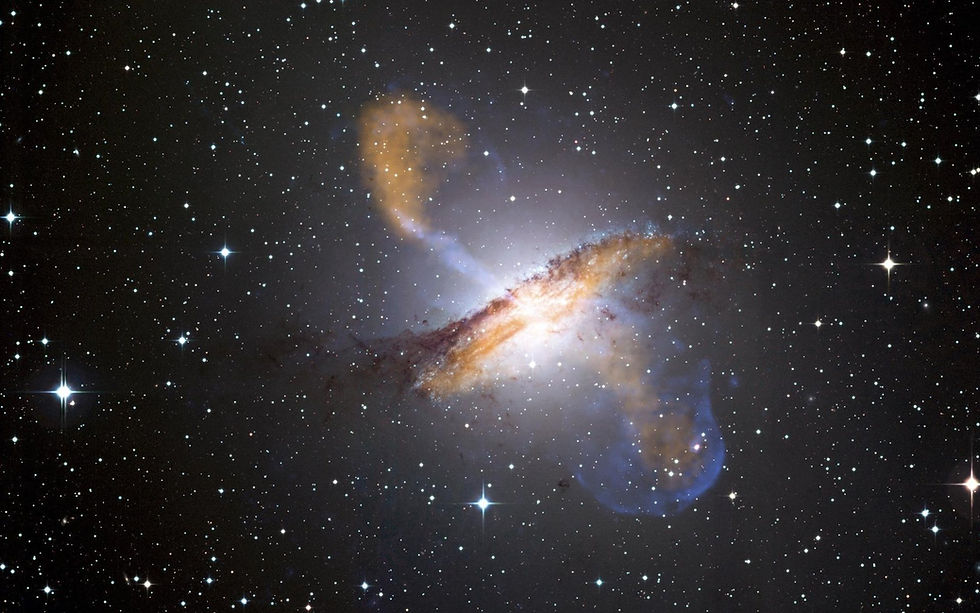CERN's Particle Smasher
- Averi Stanbery
- Oct 30, 2018
- 3 min read

CERN is an organization with the purpose of solving some pretty important questions. Founded in 1954, the laboratory sits on the Franco-Swiss Border near Geneva. The name CERN is acquired from the acronym for the French Conseil Européen pour la Recherche Nucléaire, which was founded to mandate the establishing of a world-class fundamental physics organization. CERN is a European Organization made for Nuclear Research, they use complex instruments to understand how the universe was made and what it’s made of. CERN is a governed organization, with a Council that has the utmost authority for important decisions. This council is made up of 22 member states, each member states has two delegates to the CERN council. One represents their government’s administration, while the other national scientific interests. These council members also fund the organization, although, special contributions are also made.
One of these machines that CERN has created is titled The Large Hadron Collider or LHC for short. The Large Hadron Collider is the largest and most powerful particle smasher in the world. A particle is a minute portion of matter, it’s something physical that you can count, although particles are very tiny. The Large Hadron Collider is a 27-kilometer (16.7 miles) ring that features superconducting magnets with accelerators to enhance the energy of the particles along the way around. Inside the ring, two particles travel at the speed of light in opposite directions until they are made to collide. The particles are held in two seperate tubes that are kept at ultrahigh vacuum and are guided around the ring by incredibly strong superconducting electromagnets. These electromagnets are built by coils made of electric cable that can productively conduct electricity without resistance or any loss of energy. Although, this requires cooling the magnets down to -271.3 degrees Celsius, which for comparison the temperature in outer space is -270.45 degrees Celsius. This is maintained by liquid helium. Due to the small size of the particles, a specific type of magnet is used to squeeze them together, for a better chance at making them collide. Although, “The particles are so tiny that the task of making them collide is akin to firing two needles 10 kilometres apart with such precision that they meet halfway.” That’s pretty impressive.
So, why does CERN collide particles? When the particles are smashed, they make new particles, and particles can only be made out of raw energy. Some of these new particles that are created are ones that CERN wants to study, for they might hold the answer to how the universe was made. They want to know the specifics. The LHC is also used to help scientists put their theories to the test and to see if there are particles that we didn’t know about.
What possible effect does the LHC have on the Earth? They’re smashing particles to learn about the universe, which could be compared to The Big Bang Theory. Well, CERN has admitted that this accelerator could create black holes. Although, they swear that the power and force created by the accelerator is modest compared to nature’s standards. They say that made cosmic rays produced in space collide with particles from Earth’s atmosphere at a much greater energy than those produced by the LHC. But, then again, those are natural occurrences and are not taking place underneath the Earth’s surface, we’re protected by the atmosphere from those collisions. Many theorists believe that the LHC could pull an asteroid towards Earth or create horrendous earthquakes, or even affect the weather. In fact, on June 24th, 2017, strange clouds were being formed above the collider when the Awake experiment was due to take place.
So, what do we make of this? Do you think the LHC will benefit society? What problems could arise with the particle smasher?
Comments